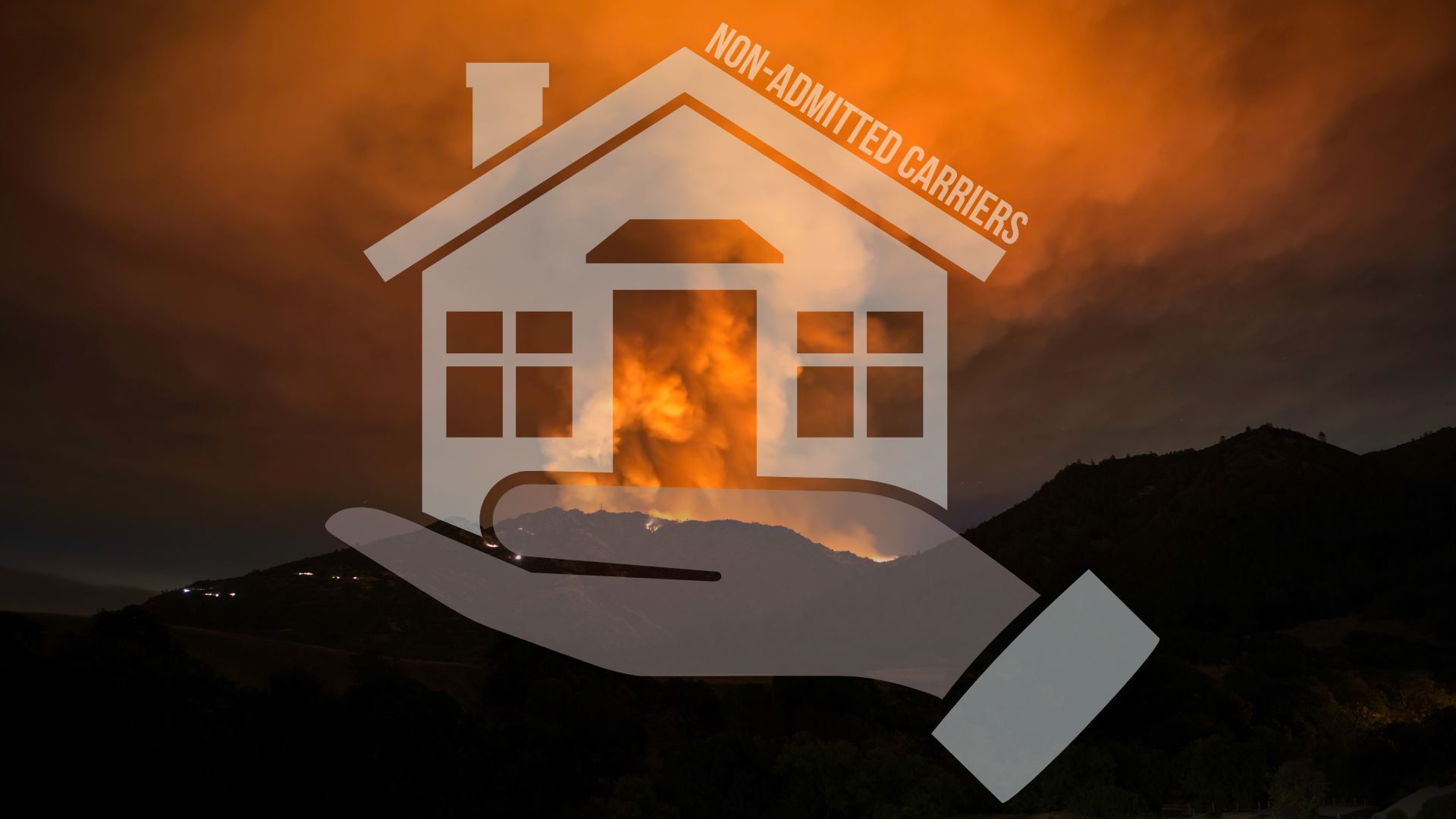Kin Insurance Expands into California, Bringing Solutions to a Challenged Market
California homeowners have long faced an uphill battle when it comes to securing affordable and comprehensive home insurance. This struggle has only been amplified by the growing threat of wildfires and other extreme weather events. With traditional insurers retreating from high-risk areas, the gap in coverage has widened. However, Kin Insurance, a direct-to-consumer insurtech player, has stepped in with a promise to tackle these challenges head-on.
The California Insurance Crisis
For years, large insurance companies have been reducing their footprint in California. According to the California Senate, non-renewal rates tripled in recent years, leaving tens of thousands of households without viable insurance options. A growing number of these displaced homeowners have turned to the California FAIR Plan, the state’s insurer of last resort. While the FAIR Plan offers basic coverage, it often isn’t sufficient to protect against the increasing frequency and severity of catastrophic events like wildfires.
The January 2025 Los Angeles County wildfires further deepened the crisis, as claims overwhelmed systems and revealed how underserved communities in wildfire-prone regions truly are. With insurers citing growing risks and an inability to accurately price policies, many residents have been left with hard choices—pay sky-high premiums, settle for limited FAIR Plan coverage, or forgo insurance altogether.
What Are Non-Admitted Carriers, and Why Do They Matter Now?
Amid this crisis, non-admitted carriers, like the one Kin uses for its California policies, are playing an expanding role. But what does “non-admitted” actually mean?
Non-admitted insurers are not licensed by the state where they operate. This does not mean they lack oversight—a common misconception. These carriers are regulated in their home state or country and must meet strict financial, solvency, and capitalization standards to offer policies in California. They are also overseen by the Surplus Line Association of California, which ensures all placements comply with state laws.
Non-admitted insurance carriers bridge the gap when traditional, state-licensed (or admitted) insurers withdraw from certain markets. By offering specialized policies, they take on risks that the admitted market deems too volatile or unprofitable. While consumers acquiring policies through non-admitted carriers don’t benefit from state guaranty funds in case the insurer fails, these carriers provide an essential lifeline to those who might otherwise go uninsured.
Why Non-Admitted Carriers Are Gaining Ground
Non-admitted carriers have gained ground in California largely because of their flexibility. Unlike admitted insurers, they are not bound by rate restrictions or state mandates, allowing them to customize coverage for niche risks—like wildfire damage.
For homeowners who cannot find traditional insurance, non-admitted carriers provide options where there previously were none. However, this flexibility comes with the expectation that brokers and insurers conduct diligent research and fully disclose policy features to customers, ensuring transparency in the absence of state-backed protections.
How Kin’s Technology Addresses California’s Insurance Gaps
Kin Insurance’s expansion into California showcases how technology and modern data analytics can fundamentally change the landscape of home insurance. Unlike traditional insurers that rely heavily on historical trends and broad risk categorizations, Kin applies cutting-edge technology to analyze individual properties in granular detail.
According to Kin CEO Sean Harper, the company uses thousands of data points for each property to determine its unique vulnerabilities to risks like wildfires. From vegetation density surrounding the home to building materials and even real-time weather patterns, Kin’s platform creates a highly specific risk profile for each household. This allows the company to offer customizable policies that meet the actual needs of homeowners, especially in high-risk zones where traditional insurers have exited.
Interestingly, Kin’s direct-to-consumer approach also removes layers of middlemen, enabling faster claims processes and a closer relationship with the insured. By staying connected with customers during both calm and crisis periods, Kin aims to rebuild trust in an industry that many Californians have grown to distrust.
“As California experiences hotter, drier, and longer fire seasons, wildfire risk has become one of the biggest challenges for its homeowners,” says Angel Conlin, Chief Insurance Officer at Kin. “Kin provides customized insurance solutions to address these specific challenges, striving to offer comprehensive protection where and when it’s needed most.”
Technology as the Path Forward
Kin’s entry into California signals much more than just another player in the insurance space. It highlights the opportunity to reimagine how insurance works in a climate-challenged world. Technology-powered models that blend real-time data, predictive analytics, and customer-focused flexibility have the potential to address broader challenges across other regions.
The California crisis exposed the vulnerabilities in traditional insurance methods, and companies like Kin are paving the way for more resilient models. Although these innovations won’t reverse the effects of climate change or eliminate catastrophic events, they can help communities adapt more effectively. By tailoring coverage to individual risks and working to expedite recovery efforts, insurtech solutions can empower homeowners to protect their properties without facing financial ruin.
For policymakers, insurers, and consumers alike, the message is clear. The insurance industry must continue evolving to meet today’s realities. Models like Kin’s, combined with evolving regulatory frameworks for non-admitted carriers, can strengthen options for at-risk communities. After all, the challenge isn’t just insuring these areas—it’s ensuring that homes remain safe, livable, and resilient for the future.


